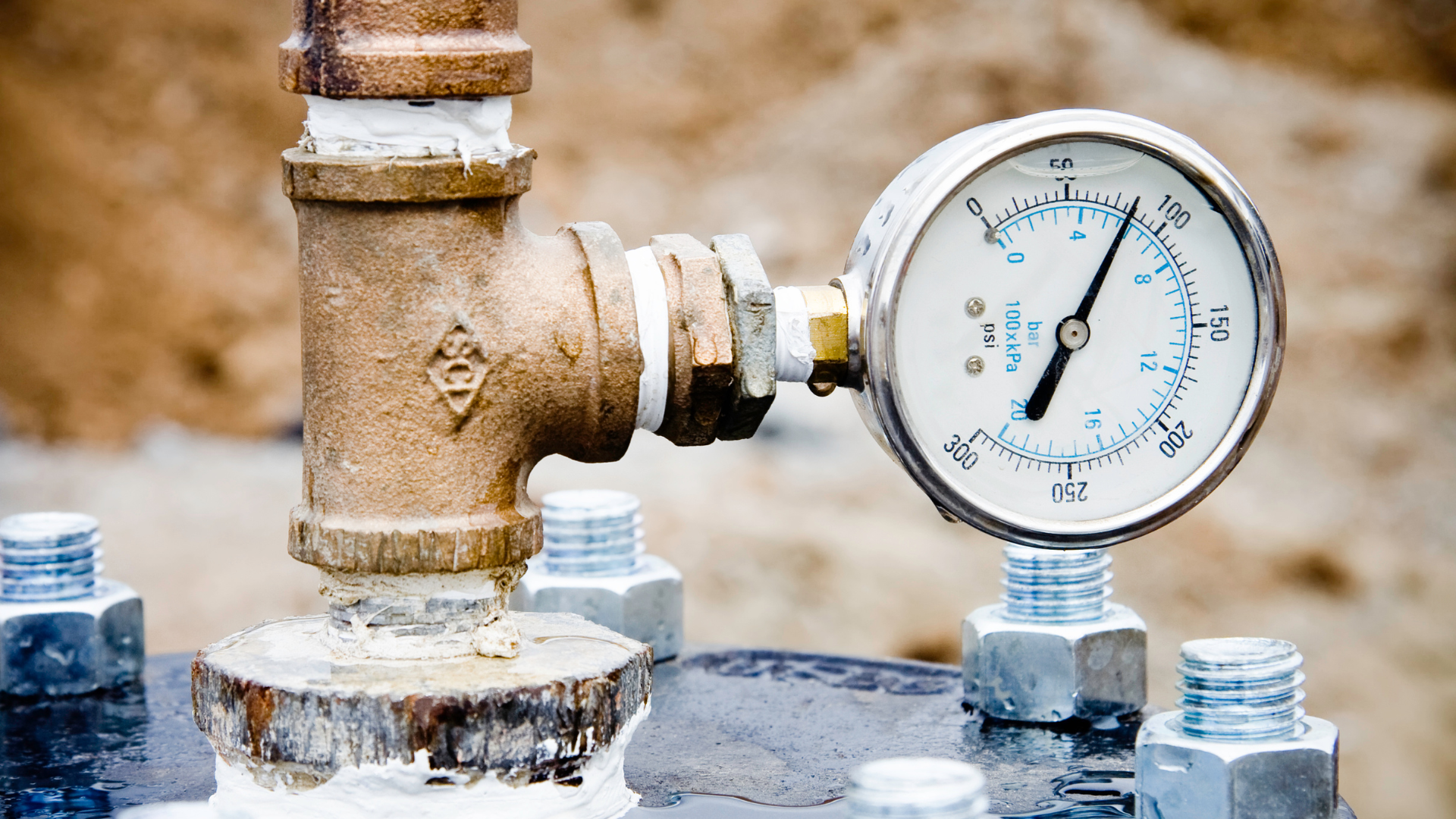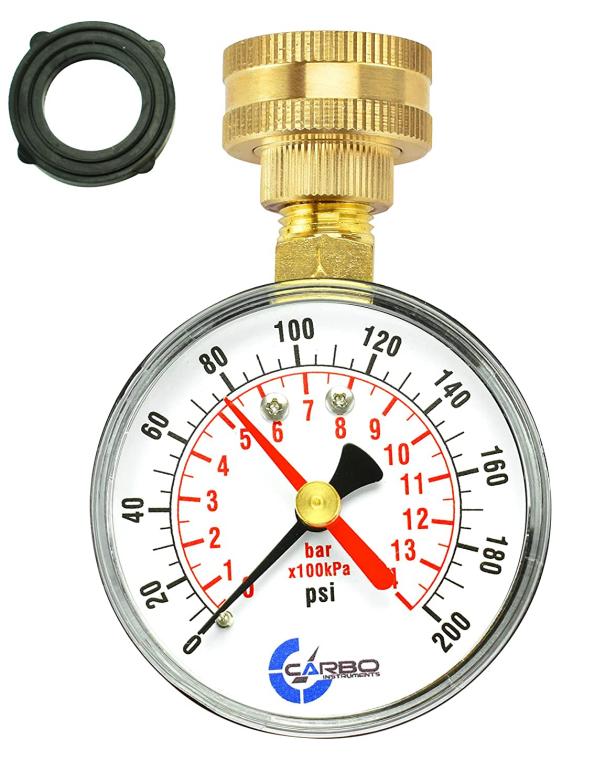What're your ideas about 10 Reasons for Low Water Pressure in Your House?

Low tide pressure in your home can be an aggravating trouble, influencing every little thing from bathing to cleaning recipes. If you're experiencing weak water flow, there are numerous possible causes and options to discover. In this overview, we'll review usual factors for low tide pressure and useful steps to address the issue effectively.
Introduction to Low Tide Stress
Low water pressure takes place when the circulation of water from your taps, showers, and other fixtures is weak than common. This can make daily tasks more challenging and much less effective. Comprehending the root causes of low water stress is vital to discovering the right solution.
Usual Root Causes Of Low Water Stress
Pipe Obstructions
In time, pipelines can end up being clogged with natural resource, debris, or debris, limiting the circulation of water. This is a typical issue in older homes with galvanized steel pipelines.
Rust
Corrosion within pipelines can result in leakages and reduced water stress. Rust build-up can constrict water circulation, specifically in aging plumbing systems.
Faulty Stress Regulators
Stress regulators are accountable for preserving regular water stress in your house. If they malfunction, it can cause low water stress or uneven flow throughout your home.
Municipal Supply Of Water Issues
In some cases, the problem lies outside your home. Local water system concerns, such as main line leaks or upkeep job, can briefly lower water pressure in your area.
Exactly How to Detect Low Water Stress
Examining Faucets and Components
Start by checking the water stress at different faucets and components throughout your home. If the issue is isolated to certain locations, it might indicate localized troubles.
Inspecting Pipes
Check noticeable pipelines for signs of leaks, corrosion, or blockages. Focus on any kind of uncommon sounds, such as banging or rattling pipes, which might indicate problems within the plumbing system.
Consulting with a Plumber
If you're not able to identify the source of low tide stress, consider hiring a specialist plumber to conduct an extensive assessment. They can recognize underlying concerns and advise ideal solutions.
Do It Yourself Solutions to Take Care Of Low Tide Pressure
Cleaning Up Aerators and Showerheads
Mineral deposits can collect in aerators and showerheads, minimizing water flow. Remove and clean these components routinely to improve water stress.
Flushing Hot Water Heater
Debris accumulation in the water heater can limit circulation and decrease efficiency. Flushing the container occasionally assists eliminate sediment and preserve ideal efficiency.
Inspecting Pressure Regulator
Guarantee that the pressure regulatory authority is working properly. Adjusting or replacing the regulator can aid restore proper water pressure throughout your home.
Clearing Clogs in Water Lines
For minor obstructions, try making use of a plumbing snake or chemical drainpipe cleaner to clear obstructions in pipes. Beware when using chemicals and adhere to safety and security standards.
When to Call a Professional Plumber
If do it yourself initiatives fall short to settle the issue or if you believe significant plumbing troubles, it's ideal to look for support from an accredited plumber. They have the competence and tools to resolve complicated issues securely and successfully.
Preventive Measures to Keep Water Stress
Routine Maintenance
Arrange regular maintenance for your plumbing system to stop issues such as rust, leaks, and obstructions. Dealing with small problems early can assist stay clear of more considerable repairs in the future.
Installing a Stress Booster
Take into consideration mounting a pressure booster pump to improve water pressure in areas with consistently reduced flow. This can be specifically useful for multi-story homes or buildings with high-demand components.
Monitoring Water Use
Be mindful of water use routines and avoid ill-using the plumbing system. Basic adjustments, such as incredible showers and washing tons, can aid preserve appropriate water pressure.
Final thought
Handling low tide stress can be discouraging, but identifying the underlying causes and carrying out proper remedies can recover optimum circulation throughout your home. Whether it's cleaning up aerators, evaluating pipelines, or seeking advice from a plumber, taking aggressive actions can make certain a constant supply of water for your everyday needs.
FOUR WAYS TO FIX LOW WATER PRESSURE NOW
Turning on a shower or faucet only to find the water comes out in a sad, slow drizzle is never a good feeling. How exactly are you supposed to wash a pan or take a quick shower when it takes 10 minutes just to rinse off a little soap? The good news is that when your water pressure is bad, there's always a cause: typically one that can be easily fixed. Here are some of the most common causes of low pressure and what you can do to fix the issue:
DEBRIS AND MINERAL DEPOSIT BUILDUPS
If you notice low water pressure from just one or two of the fixtures in your house, the problem likely has to do with debris buildup. Water is full of minerals and other debris, all of which can accumulate in your pipes and on your fixtures. This can cause a blockage that affects how much water flows through. To fix this, try filling a small plastic bag with white vinegar, and use a rubber band to hang it around your showerhead or faucet. Let the head of the fixture soak for a few hours, and the vinegar should loosen the deposits.
WATER LEAKS
Leaks are another common cause of low water pressure. If water is flowing out of your plumbing through a hole or crack before it can reach your fixture, the pressure coming out of the faucet or showerhead will be lower. A plumbing professional is your best bet for finding and repairing a leak in your water supply pipes.
Leaks are another common cause of low water pressure. If water is flowing out of your plumbing through a hole or crack before it can reach your fixture, the pressure coming out of the faucet or showerhead will be lower. A plumbing professional is your best bet for finding and repairing a leak in your water supply pipes.
FOUR WAYS TO FIX LOW WATER PRESSURE NOW
Turning on a shower or faucet only to find the water comes out in a sad, slow drizzle is never a good feeling. How exactly are you supposed to wash a pan or take a quick shower when it takes 10 minutes just to rinse off a little soap? The good news is that when your water pressure is bad, there's always a cause: typically one that can be easily fixed. Here are some of the most common causes of low pressure and what you can do to fix the issue:
DEBRIS AND MINERAL DEPOSIT BUILDUPS
If you notice low water pressure from just one or two of the fixtures in your house, the problem likely has to do with debris buildup. Water is full of minerals and other debris, all of which can accumulate in your pipes and on your fixtures. This can cause a blockage that affects how much water flows through. To fix this, try filling a small plastic bag with white vinegar, and use a rubber band to hang it around your showerhead or faucet. Let the head of the fixture soak for a few hours, and the vinegar should loosen the deposits.
WATER LEAKS
Leaks are another common cause of low water pressure. If water is flowing out of your plumbing through a hole or crack before it can reach your fixture, the pressure coming out of the faucet or showerhead will be lower. A plumbing professional is your best bet for finding and repairing a leak in your water supply pipes.
Leaks are another common cause of low water pressure. If water is flowing out of your plumbing through a hole or crack before it can reach your fixture, the pressure coming out of the faucet or showerhead will be lower. A plumbing professional is your best bet for finding and repairing a leak in your water supply pipes.
A VALVE ISSUE
If you have low water pressure throughout your home, check your main shut-off valve to make sure it's completely open. You may also want to see if there's a pressure-reducing valve installed. If there is, have a plumber help you adjust the settings to get the pressure you're looking for.
OTHERS USING WATER
Believe it or not, your low water pressure could be caused by your neighbors. If you notice low pressure at certain times of day, it may be because you and the people living next to you have similar schedules - when everyone is showering at the same time, the pressure will be lower in every home. Low pressure throughout the neighborhood may also be caused by an issue with your municipal water supply. If that's the case, call the supplier to see if they're working on the issue.
https://www.rotorooter.com/blog/water-leaking/low-water-pressure-fixes/

Do you like reading up on 10 Reasons for Low Water Pressure in Your House? Write a short review further down. We'd be happy to find out your ideas about this content. In hopes to see you back again later on. Sharing is good. Helping people is fun. Thank you for going through it.
Website